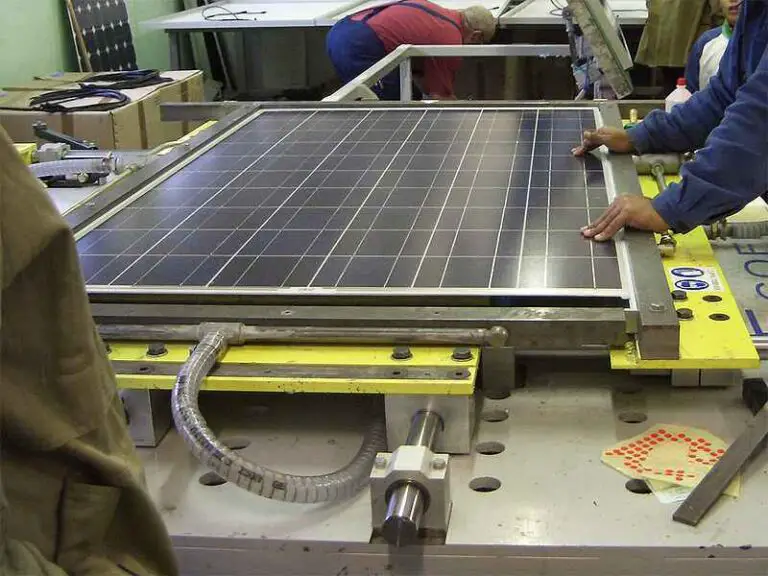Landfill Gas Monitoring: Meaning, Methods and Purpose
Landfill gas monitoring is the act and process of measuring or evaluating the gases released as a result of waste decomposition, in a landfill.
The practice of monitoring landfill gas is a time-based one; meaning that measurement and evaluation are carried out at intervals, and the results compared in order to observe and understand existing trends over time [1].
This article discusses landfill gas monitoring meaning, method and purpose, as outlined below;
-Landfill Gas Monitoring: Meaning, Methods and Purpose
-How Landfill Gas is Monitored: Methods of Landfill Gas Monitoring
-Landfill Gas Monitoring Guidelines
-Landfill Gas Monitoring Equipment
How Landfill Gas is Monitored: Methods of Landfill Gas Monitoring
Geotechnicians and scientists monitor landfill gas using LFG meters and gas probes; which could take measurements of gas concentration in surface or subsurface terrains.
There are three main ways in which landfill gas is monitored. They are; surface, subsurface and peripheral monitoring methods.
1). Surface Gas Monitoring (as one of the Methods of Landfill Gas Monitoring)
Surface gas monitoring is a method whereby landfill gas is monitored directly above the landfill surface.
Other terms that describe surface landfill gas monitoring include; Surface Emission Monitoring (SEM), and Gas Dispersion method.
The method is used in cases where the aim is to detect landfill gas that is generated and actively emitted from the landfill.
Surface gas monitoring is effective in the early stages of landfill gas generation, when biodegradation and biochemical transformation are still occurring actively, and significant amounts of gas are still being emitted.
Portable gas detectors are used for this type of LFG monitoring.
It is often time-intensive because of the need to take multiple measurements at different points in the landfill, and compare these measurements to increase precision.
Surface gas monitoring is also useful when assessing the environmental impact of landfills, in terms of their contribution to greenhouse emissions, low air quality, and climate change.
Also, in many cases, surface monitoring targets the methane fraction of landfill gas emissions, due to its relative ease of detection with respect to other gases that are part of a typical landfill gas composition.

2). Subsurface Gas Monitoring
Subsurface landfill gas monitoring involves the use of gas probes to detect and evaluate landfill gas concentrations or emission levels.
The probes are inserted into the landfill at specific depths, and can measure landfill gas levels within their depth range
Subsurface monitoring is best in scenarios where there is need to predict the overall gas potential of a landfill.
The measurements taken in this method of LFG monitoring, are relatively precise, and tend to reflect the basic conditions of waste decomposition and gas generation.
However, best practices include the use of multiple point and depth values to improve reliability of measurements.
3). Peripheral Gas Monitoring (as one of the Methods of Landfill Gas Monitoring)
Peripheral landfill gas monitoring (also called ‘enclosed space’ LFG monitoring), refers to the use of measuring equipment to evaluate landfill gas levels along the perimeter of a landfill site.
This method makes use of both gas meters and probes, to take surface and subsurface measurements.
Landfill Gas Monitoring Guidelines
Landfill gas monitoring guidelines are;
1). Multiple depth and point readings should be taken for both subsurface and surface measurement methods
2). Measurements must be taken at regular intervals to establish a coherent time-scale of reference
3). Assessment of landfill gas levels must be comparative, based on both spatial and temporal measurements
4). Methodology and equipment must be consistent over the course of any landfill gas monitoring project or exercise
5). Factors such as age, size, and type of landfill must be considered when evaluating data
Landfill Gas Monitoring Equipment
Landfill gas monitoring equipment include;
1). Portable Emission Sensors or Meters
2). Gas Probes
3). Gas Supply Detector (for wellheads and header piping)
5). Gas Pressure Meter (for recovery wells)
These equipment may be either used independently, or could be integrated into a landfill gas collection system.
Conclusion
Landfill gas monitoring is the practice of taking and comparing measurements of landfill gas concentration on a site, over a period of time.
Landfill gas is monitored using probes, meters, sensors and pressure analyzers, based on any of three main methods;
1. Surface Gas Monitoring
2. Subsurface Gas Monitoring
3. Peripheral Gas Monitoring
Landfill gas monitoring guidelines are; multiple depth and point reading, interval-based measurement, comparative assessment, consistency of methodology, and multi-factor consideration.
Landfill gas monitoring equipment are; portable emission sensors, gas probes, gas supply detectors, and pressure meters.
References
1). Mann, J.; Zarus, G. M. (2001). “Monitoring of Landfill Gas.” Landfill Gas Primer (pp.31-55). Available at: https://www.researchgate.net/publication/232430520_Monitoring_of_Landfill_Gas. (Accessed 24 November 2022).
